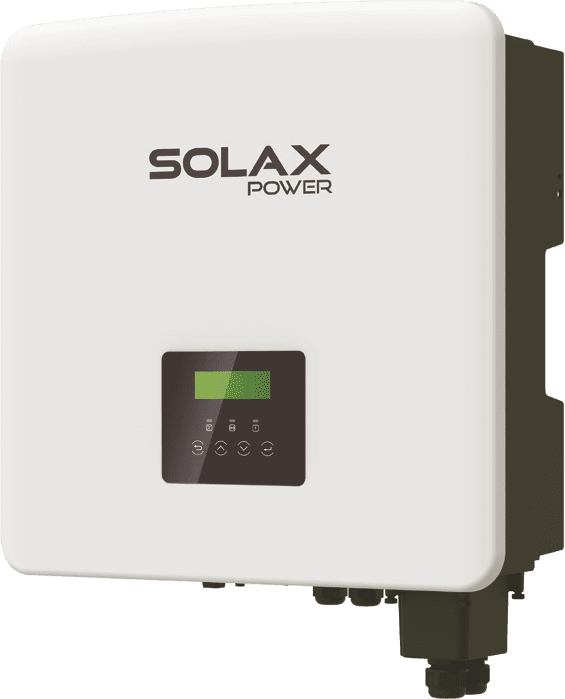brandnewb
Going for serious. starting as newb
So my brother @Hedges has already, ages ago it seems, suggested the SMA sunny island units for when one wants to go offline.
I am amongst one of those that thought too late that going offline is a good idea.
SO now I have 11 x 3 phase APsystems micro inverters.
Sure our grid is reliable thus far. But I need to prep for when it's not.
So I am considering SMA.
But what are your thoughts?
SMA seems to have a bad rep when I look at the google reviews.
Also I am still waiting for days for my account to be created so that I can access their technical resources.
If it can work I would like to work with these Germans. I already know and love their bradwurst and women.
I am amongst one of those that thought too late that going offline is a good idea.
SO now I have 11 x 3 phase APsystems micro inverters.
Sure our grid is reliable thus far. But I need to prep for when it's not.
So I am considering SMA.
But what are your thoughts?
SMA seems to have a bad rep when I look at the google reviews.
Also I am still waiting for days for my account to be created so that I can access their technical resources.
If it can work I would like to work with these Germans. I already know and love their bradwurst and women.




